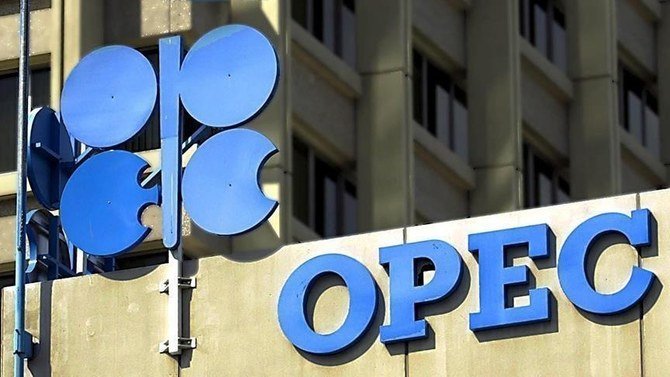The Organization of the Petroleum Exporting Countries (OPEC) has reaffirmed its outlook for strong growth in global oil demand, particularly in 2025.
The Organization of the Petroleum Exporting Countries (OPEC) has reaffirmed its outlook for strong growth in global oil demand, particularly in 2025. The group anticipates a robust increase in oil consumption, led by China and the Middle East, challenging contrasting forecasts from bodies like the International Energy Agency (IEA), which predicts a peak in oil demand by 2030.
OPEC, in its latest monthly report, projects that world oil demand will witness a substantial rise of 1.85 million barrels per day (bpd) in 2025, reaching 106.21 million bpd. This comes after OPEC’s projection of demand growth for 2024 remained unchanged at 2.25 million bpd.
Despite these optimistic forecasts, oil prices have started the year on a weak footing, currently hovering around $77 a barrel, down nearly 2%, as market uncertainty about demand persists, overshadowing OPEC’s recent supply cuts under OPEC+.
The surprising 2025 forecast aligns with OPEC’s long-term perspective, anticipating continuous growth in oil consumption over the next two decades. This contradicts the IEA’s viewpoint, which foresees a peak in oil demand by 2030 as the world transitions towards cleaner energy alternatives.
OPEC Secretary General Haitham Al Ghais, in an article published on the same day as the report, disputed claims of nearing peak oil demand. He emphasized that reliable short- and medium-term forecasts do not indicate a peak in oil demand by the end of the decade, dismissing the notion that it is just six years away. Al Ghais reiterated OPEC’s call for sustained investment in the oil industry, challenging the prevailing narrative of an imminent decline in oil demand.
The 2025 prediction represents a departure from OPEC’s usual practice, as such forecasts are typically expected in July 2024. However, OPEC justified this early release as an effort to provide long-term guidance for the market and enhance understanding of market dynamics.
In 2025, OPEC foresees a boost in global economic growth to 2.8%, up from 2.6% in the current year, attributed in part to interest rate cuts. Driving this increase in oil consumption will be China, the Middle East, and India, according to the report. These regions are expected to be the primary contributors to the surge in oil demand.
However, OPEC’s projections for 2024 significantly differ from those of the IEA. While OPEC expects oil demand growth of 2.25 million bpd, the IEA forecasts a more conservative expansion of 1.1 million bpd. The IEA, representing industrialized countries, is scheduled to update its forecasts shortly, setting the stage for potential disparities between the two organizations.
Beyond the disagreement on demand, OPEC and the IEA have clashed on the necessity of investing in new oil supply. The IEA contends that the diminishing era of fossil fuel growth undermines the rationale for increased investment. In contrast, OPEC, along with the wider OPEC+ alliance, has been implementing output cuts since late 2022 to stabilize the market, with a new cut for the first quarter taking effect this month.
While OPEC’s report indicated a slight rise in oil production in December, led by Nigeria, the group acknowledged the exit of Angola, one of its members.
OPEC’s crude output now accounts for 26.5% of the world oil market, down from 33% in 2017, reflecting successive output cuts and the departure of certain members. Despite this decline in market share, OPEC delegates downplay the issue, expressing confidence that non-OPEC supply growth will decelerate, and OPEC members’ market share will recover over time.
As the global energy landscape undergoes dynamic shifts, the clash between OPEC’s optimistic long-term forecast and the IEA’s more conservative stance reflects the ongoing debate over the future trajectory of oil demand and the role of continued investment in the oil industry. The coming months will likely provide further insights into how these projections align with evolving market realities.
